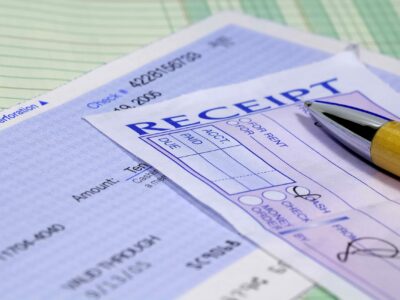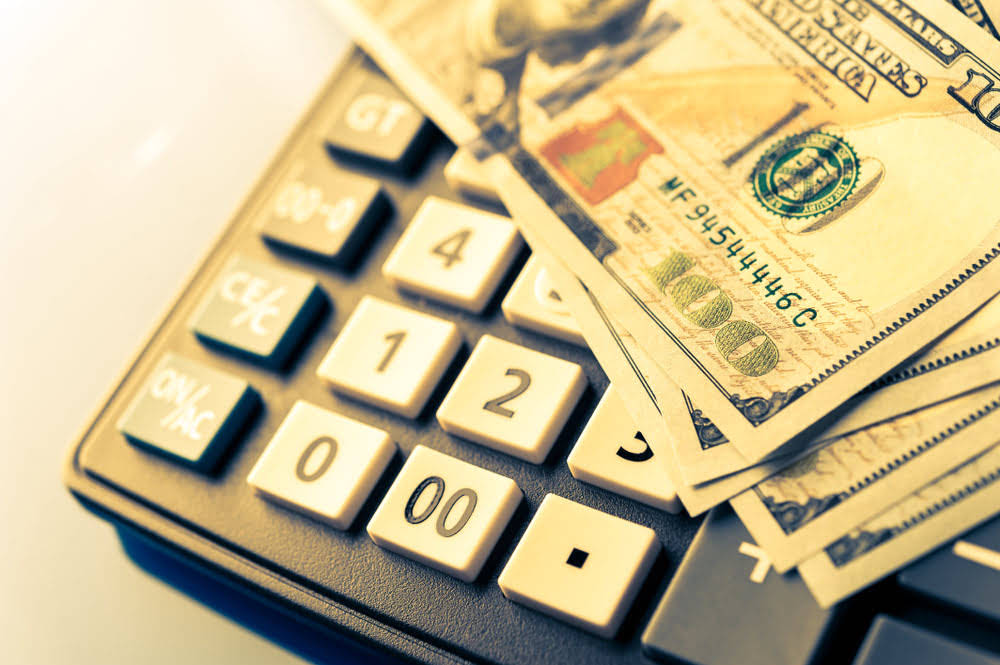
Regulatory frameworks reinforce the importance of liquidity-based asset classification. The Financial Accounting Standards Board (FASB) and https://mhcyemen.com/understanding-state-income-tax-in-oregon-for-2024/ the International Financial Reporting Standards (IFRS) require companies to present assets in a way that reflects their accessibility. Publicly traded companies must follow these guidelines to ensure comparability across industries and markets, helping investors make informed decisions. Financial liquidity describes how readily an asset can be transformed into cash. This conversion should occur quickly and without causing a substantial reduction in the asset’s market price.
- The faster an asset can be liquidated at a predictable price, the higher it appears on the balance sheet.
- The Financial Accounting Standards Board (FASB) and the International Financial Reporting Standards (IFRS) require companies to present assets in a way that reflects their accessibility.
- For current asset accounts, cash and cash equivalents is the most liquid with inventories being the least liquid due to the amount of time it can take to sell stocks to customers.
- They are total profits minus all dividends (distributions of profits) paid to stockholders.
- This account includes the total amount of long-term debt (excluding the current portion, if that account is present under current liabilities).
- Cash (an asset) rises by $10M, and Share Capital (an equity account) rises by $10M, balancing out the balance sheet.
Cash: The Starting Point of a Company’s Financial Health
This includes cash on hand and short-term investments like US government treasury bills or certificates of deposit. Last on the balance sheet is the goodwill, which could be realized only at the time of sale or any other business restructuring. Liquidity is the given adequate consideration or priority when preparing the balance sheet.

OpenStax Intro to Business

The order of liquidity is based on order of liquidity balance sheet the concept of prioritizing the payment of debts and expenses. In order to understand the order of liquidity, being familiar with the meaning of liquidity is key. When talking about liquidity of a company, it makes reference to the capacity of a company to settle their liabilities. It allows for the revaluation of assets back up to their original cost if the reasons for impairment no longer exist. So if your equipment suddenly becomes relevant again, you can adjust its value upward. GAAP, on the other hand, is like that grudge-holding friend—it doesn’t forget or forgive.
Marshalling of Assets and Liabilities : Order of Liquidity/Permanence
Businesses must balance CapEx with liquidity needs, ensuring long-term growth without straining short-term financial stability. Similarly, liabilities are classified as current liabilities and non-current liabilities. Current liabilities are obligations due within one year, such as accounts payable, short-term debt, and accrued expenses. Non-current liabilities, like long-term debt and deferred tax liabilities, are those due beyond one year. Both categories are generally presented in order of their maturity, mirroring the liquidity principle applied to assets. Inventory is also considered a current asset, as it can be sold and converted into cash within a HOA Accounting relatively short period of time.

BAR CPA Practice Questions: Governmental Funds Statement of Revenues, Expenditures and Changes in Fund Balances
It provides a quick overview of short-term solvency, indicating a company’s ability to meet immediate obligations by comparing current assets to current liabilities. This arrangement also offers insights into the long-term financial structure, showing how a company funds its operations and assets. For investors, creditors, and management, this order serves as a practical decision-making tool, allowing them to evaluate financial stability, risk, and operational efficiency. A company with a high proportion of liquid assets is generally in a stronger position to handle short-term financial pressures, reducing the risk of default. Within the current assets section, items are consistently listed in decreasing order of liquidity. This means cash and cash equivalents appear first, followed by marketable securities, then accounts receivable, and finally inventory.
- Non-current assets are listed next because they are not as easily converted to cash.
- By understanding the order of items on the balance sheet, investors, creditors, and other stakeholders gain valuable insights into a company’s financial health.
- Some companies will class out their PP&E by the different types of assets, such as Land, Building, and various types of Equipment.
- This conversion should occur quickly and without causing a substantial reduction in the asset’s market price.
- Let’s now explore the order in which these items are typically presented on a balance sheet.
- With a uniform listing criterion established by an accounting GAAP, it becomes easier for various stakeholders to understand, analyze the company’s balance sheet and make decisions accordingly.
- GAAP requires companies to write down the market value of their fixed or inventory assets if they decrease.

Businesses often use factoring or securitization to accelerate cash inflows, though these methods may involve fees and impact financial ratios. Under U.S. Generally Accepted Accounting Principles (GAAP), assets must be categorized based on their expected liquidity timeline. International Financial Reporting Standards (IFRS) allow more flexibility, permitting companies in some jurisdictions to list assets in reverse order of liquidity. This difference can affect comparative financial analysis, particularly for multinational corporations operating under both frameworks. Assets that can be quickly sold or exchanged for cash at or near their fair market value are highly liquid. Conversely, assets that take a long time to sell or require significant price reductions to find a buyer are considered illiquid.
![]()
A company with limited cash may still be liquid if it holds other assets that can be readily converted into cash. But if most of its other assets are difficult to quickly convert into cash, it could face liquidity issues. Assets that are not expected to convert into cash within a year, such as Property, Plant & Equipment (PP&E), are categorized as non-current assets and listed further down in the balance sheet. This standard arrangement allows external parties like creditors and investors to easily measure a company’s liquidity. Having a good understanding of the order of liquidity is critical to analyzing the short-term viability of a company, its risk level, and the adequacy of its working capital management. Fixed assets, such as land and buildings, are not as easily converted to cash and are therefore listed at the bottom of the balance sheet.
